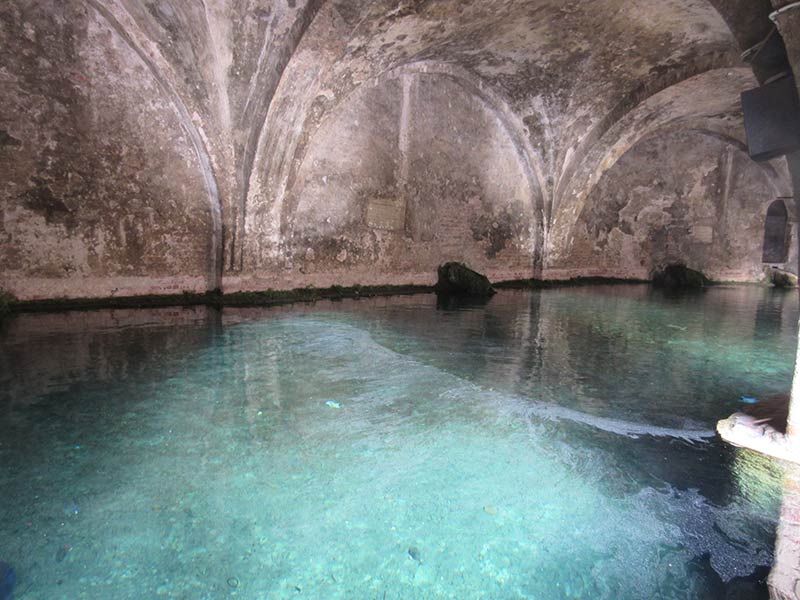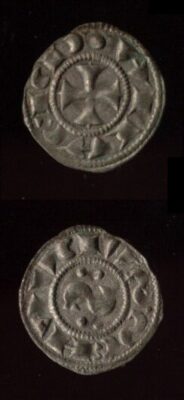Puberty
The latter half of the 11th century was also the period that the church of Siena got its first sovereign rights over a wide territory outside the narrow borders of the city (the region between Murlo and Monteroni d’Arbia, the castellated villages 30 km south of the city) and the time when the first official reference to the famous Fontebranda water source (in the Piazza del Campo), where Saint Catherine of Siena would be born, is first documented.



The absence of a nearby river created a riddle that had to be solved in order for the Sienese to overcome the scarcity of water in their city. The Fountain of Fontebranda, with its three underground reservoirs (one for drinking, the other for livestock and the third for the laundering of the clothes) was a brilliant engineering feat which solved the problem during the Middle Ages and provided the much needed resource to the wool industry of Siena in the future.


The jurisdiction of the Margrave of Tuscany was in essence an umbrella under which the Episcopate of Siena exercised its power and pulled all the strings in order to enlarge its domains. The struggle between the papacy and the Emperor however left a power gap that up to 1115 and the death of Matilda of Tuscany was very successfully played by the family of the Bonifacii.
The municipal government already existent at the time of Matilda’s death would take on a more active role as the Italian Kingdom was entering the era of the city-states. The era of fierce military clashes was inaugurated for Siena with the first documented case of a battle with Florence in 1115, one of the many that would follow.
The tension between secular (imperial) and religious institutions culminated after 1120 with the Pope granting the rights of the disputed since the mid 8th century, lands between the bishoprics of Arezzo & Siena to the latter. The city’s consuls (first mention of them comes from 1125 , referring to three) first took on the role of enforcing the Papal order to the neighboring region but after an imperial directive some time after 1140 they went on an all-out confrontation which resulted in the emancipation of the commune of Siena from the episcopal control in 1167.



In the period that followed, the story of Siena and most of its neighboring cities resembled that of the old city states in ancient Greece. Self-government under the organisational guardianship of the city’s consuls, feverish efforts for the expansion of its territory, shrewd diplomacy and constantly changing alliances. Sienna’s greatest rival, the hated Republic of Florence. The area of Chianti and the beautiful and prosperous city of Poggibonsi the main contest prize of that era, with Siena winning the first fight.




